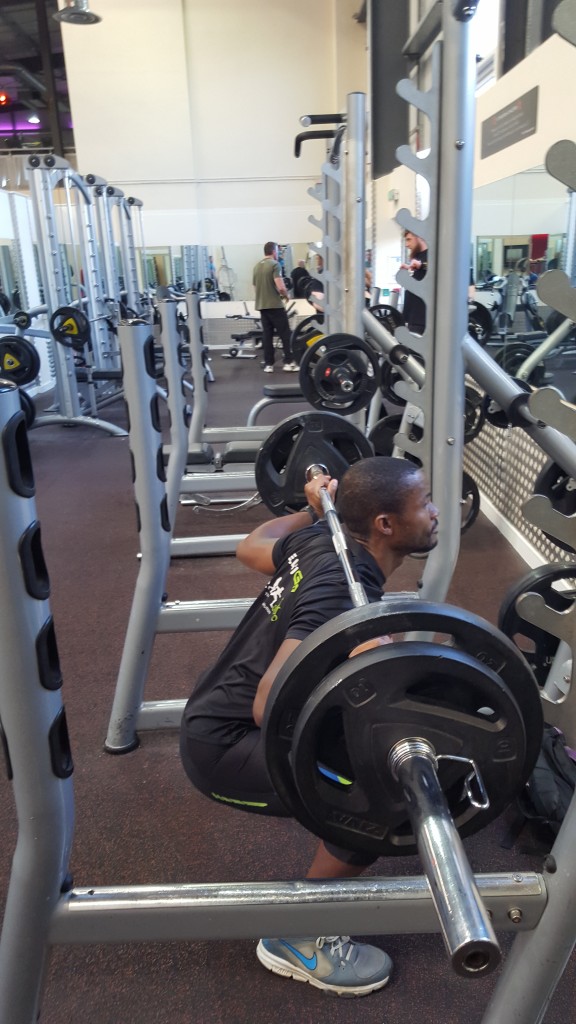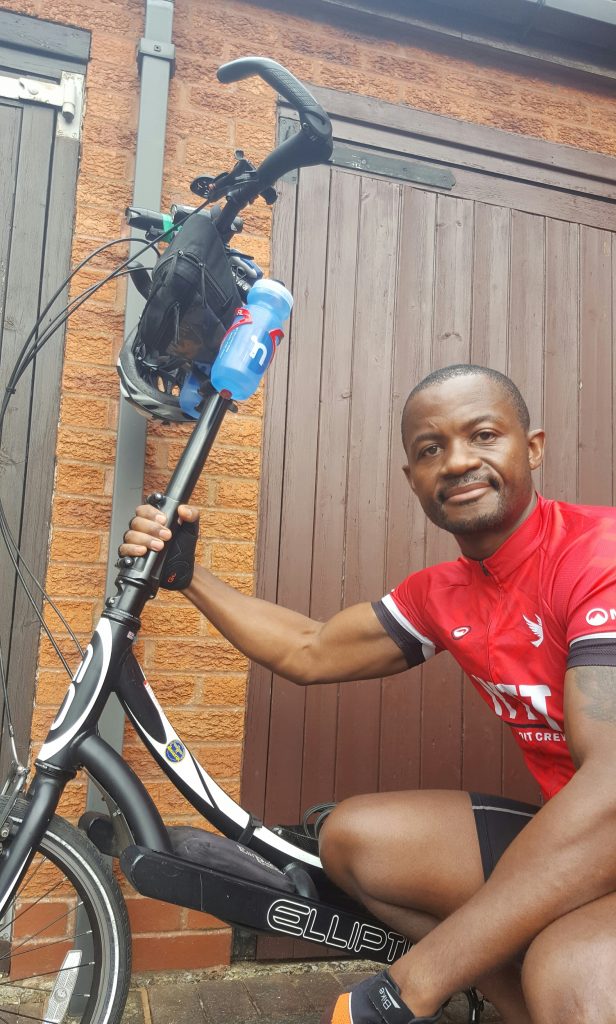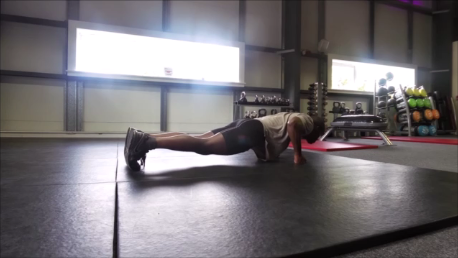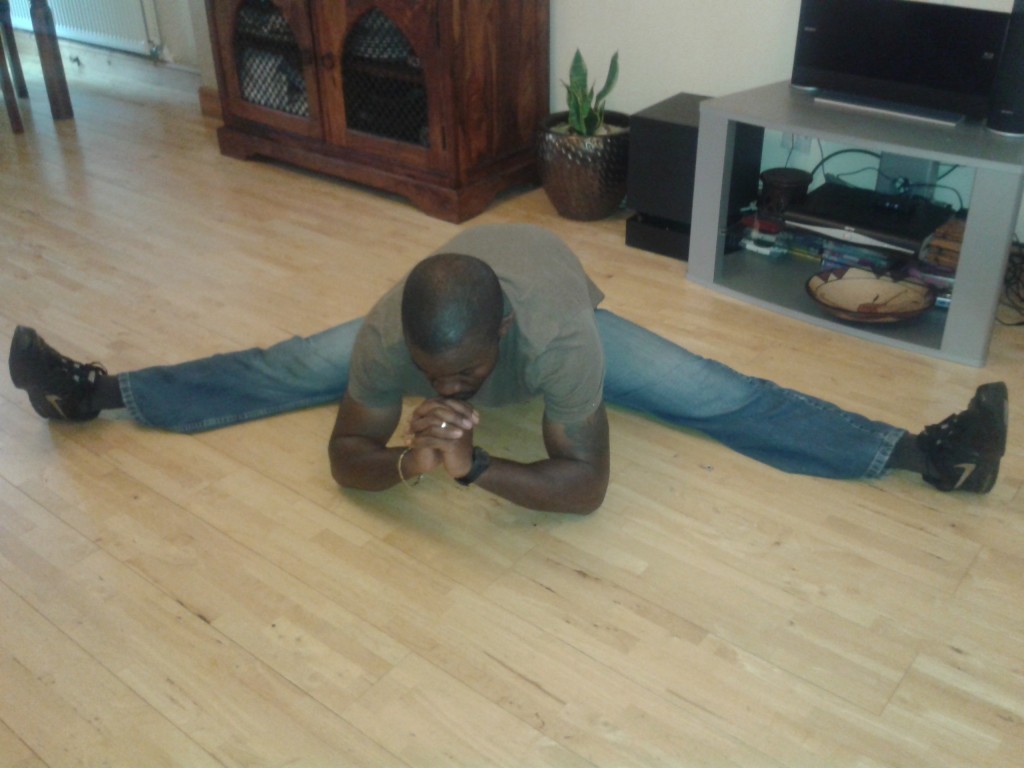05 July 2016:
By Idai Makaya
I am often asked by people what is the best way to organise their exercises, whenever I explain the importance of cross-training (and when I explain that this often involves doing a variety of different exercises every week). I know many of us like to focus just on the exercises we like doing – and nothing else. Whilst I agree that doing some exercise is better than doing none – and that a lot of just one exercise is still a lot better than no exercise at all – it is not sustainable (and is poor practice) to only ever do just one exercise.

So here’s the ‘low down’ on how it all should work:
The human body needs to be challenged by a wide variety of exercises and movements. We all will have preferences when it comes to exercises – and those preferences help us to better engage with our exercises – but only ever doing one exercise will inevitably lead to imbalances (which will jeopardise our ability to continue doing that single exercise which we may enjoy so much). So being a runner should not mean that all you ever do is run. Similarly, being a cyclist should not mean that all you ever do is cycle.
We should all aspire to achieve a balanced exercise plan, which includes elements of coordination, strength training, endurance training and flexibility maintenance/development. It is okay to predominantly engage in one sport, or exercise – but that should be supplemented with exercises aimed at the maintenance of overall health and functionality – including the muscles and body systems which your main activity might not tap into.
For some people – me being one of them – this might mean doing all your other cross-training activities on just one day each week (and leaving your time free during the rest of the week to focus on your main sport). That’s okay – and it actually works really well. You don’t have to spend huge amounts of time doing your cross-training activities, in order for them to be effective, you just need to do them routinely – each and every week.

My main sport, at the moment, is long-distance cycling. But I also do martial arts training, flexibility training and strength training with weights (in the gym), as my main cross-training activities. It sounds like a lot to fit in – especially when one considers the demands of endurance sports, but I manage by fitting most of my additional cross-training work into a single session. The key to doing this effectively is understanding the sequence of exercises required for a training plan to be effective.
Some people are unsure of when to stretch (before, during or after exercises)? Others wonder how to coordinate strength training, flexibility training, and endurance training. Many people just do whatever exercises they can fit in – at times that they think suit them – or in any order they naturally prefer. But there is a way of doing this effectively. Once you understand this, it becomes straightforward combining large numbers of exercises into a single session.

I’ll now outline the sequence required to incorporate different exercises together in the most effective way. By “the most effective way” I refer to the sequence which will maximise the impact of each exercise on your body. That’s the way that will get you the best results from the least input.
Warmup > Technical > Strength > Endurance > Flexibility
Whichever combination of these exercises you pick on any given day, the sequence should be observed. So, if you choose technical exercises and flexibility in the same session, the technical drills should always come first. If you choose strength and flexibility the strength work should come first. Ideally strength and endurance work should not be combined, unless choices are limited or the endurance work is limited.
Endurance work is not affected negatively by strength training – quite the opposite, in actual fact – but strength training is affected ‘negatively’ by endurance work (in that the results of strength training are reduced when done in conjunction with endurance work). So if you always go to the gym and then run – your results from the gym work will be negatively impacted upon by the running and your adaptation will be lessened.
Some athletes have to do this combination and it is a compromise worth doing if your endurance work takes priority for you. But if your strength training results are as important – or more important to you – than the endurance training results, you would do well to separate the sessions. This sequencing is noticeable in relation to results from training and also in relation to injuries. So it is important for those reasons, as well as for simple performance reasons.

I took a great interest in exercise sequencing back in my martial arts days because this sequencing issue is of incredible importance to the development of a martial artist and many martial artists fail to achieve a high standard simply because they do not know how to sequence all the different drills they have to do (and most of their instructors don’t either). Whilst youth and talent can often makes up for these ‘deficiencies’, older students – or less talented ones – simply cannot get away with doing their exercise sequencing wrongly.
Whilst this is very obvious in martial arts, it is actually just as marked for all other types of athlete except endurance athletes – whose endurance performance is not particularly blighted by doing these sequences wrongly – but endurance athletes do become considerably more injury prone when they sequence exercises wrongly and that can ruin their experiences and even their ‘careers’ in endurance sports.

So if you are not following a balanced exercise routine designed to address the four main areas outlined above (coordination, strength, endurance & flexibility) I would urge you to do so – before it’s ‘too late’. If you are already doing so – well done! – but be sure to assess the sequences of your exercises and to ensure that they meet the sequencing criteria explained above.
That’s the ‘low-down’ on exercise sequencing – and you can easily remember the significance of these principles by using those same words (the term “low-down” and the term “down-low” are combinations of the same two words, but they mean completely different things). Similarly, in exercise & training, it’s all in the sequence of exercises – and the significance is huge…
